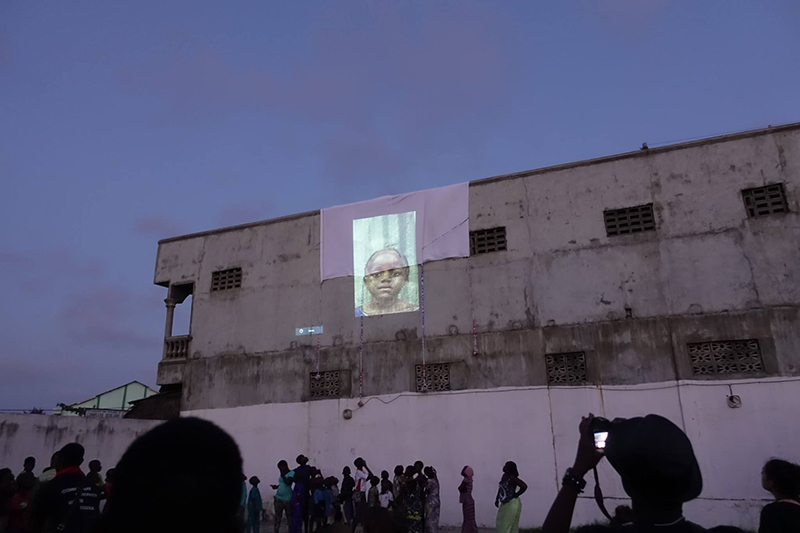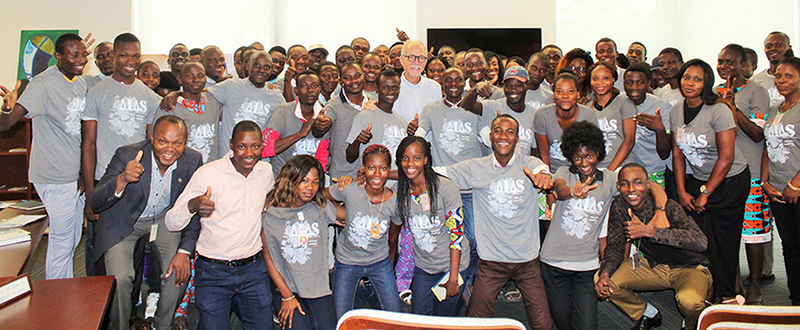John Stephen Ellis AIA

Job title and company: Professor of Architecture at Wentworth Institute of Technology
Degree(s): B. Arch Pratt Institute, MS in Architecture and Urban Design Columbia, M. Design GSD Harvard
What are you working on now?
Along with my colleague, Béninese architect and WIT alum Habib Meme, I am a co-founder of l’Atelier des Griots, a nonprofit international studio devoted to the study and implementation of low-tech ecological urban architecture and planning. L’Atelier des Griots is dedicated to the West African tradition of the griot—telling the many stories of the community through the media of art, architecture, and urbanism.
Image: L’Atelier Des Griots, Le lieu d'opérations à quartier Akpakpa-Dodomey, Cotonou, Bénin. Credit: John Stephen Ellis AIA.
What inspired you today?
My students and colleagues at WIT inspire me every day.
What are you reading?
David Adjaye’s Constructed Narratives.
Do you sketch by hand or digitally?
I love to draw by hand but completely accept the new tools offered to architects through the digital realm.

Image: La soirée du projet portrait à Akpakpa-Dodomey. Credit: John Stephen Ellis AIA.
Has your career taken you anywhere you didn’t expect?
Although I have conducted research and taught abroad throughout my 25-plus-year academic career, including a visiting faculty position in Dhaka, Bangladesh, I never imagined my journey would lead me to Africa.
Where is the field of architecture headed?
Away from the egocentric model of the hero architect (starchitect) toward a more profoundly inclusive collaborative effort of architect, engineer, artist, and—most of all—the community working together toward common goals. Our own MASS Design here in Boston is a perfect example of what I mean by an inclusive collaborative effort. I was lucky enough to visit with them in Rwanda and witness the remarkable work they are accomplishing every day.

Image: Béninoise students become honorary AIAS after a talk on architect Francis Kéré. Credit: Gloria/Bienvenu US Embassy Cotonou.
Can design save the world?
Yes, one step at a time… I do believe that architecture has the capacity to make everyday life better, especially for those most in need.
If you could sum up your Fulbright experience in a paragraph, what would it say?
Africa was both the most difficult and the most rewarding experience of my life, and for all the right reasons. Upon arrival, I needed to slowly renegotiate my preconceived expectations to correspond with the possibilities and experiences of everyday life in West Africa. It was not easy, but for every abandoned or transformed expectation, a new way of seeing the world emerged. Life is an ever-changing work in progress, and I am grateful to Fulbright and to the peoples of Bénin for all the gifts of change they bestowed on me.

